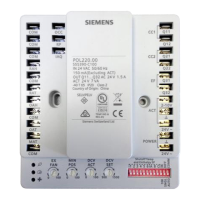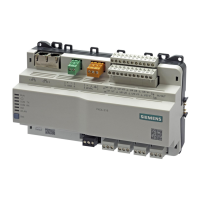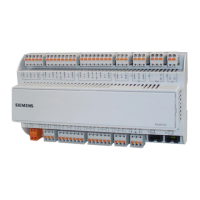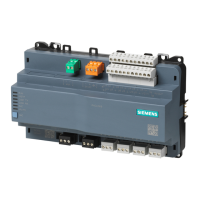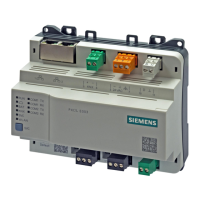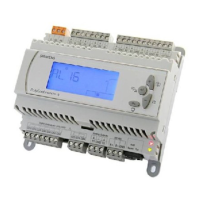Connecting-up
5.3 EMC-compliant installation
Power Module PM240-2
Hardware Installation Manual, 12/2015, A5E33294624B AD
51
● Equip the following components with interference suppression elements:
– Coils of contactors
– Relays
– Solenoid valves
– Motor holding brakes
Interference suppression elements include RC elements or varistors for AC-operated
coils and freewheeling diodes for DC-operated coils.
Connect the interference suppression element directly at the coil.
Radio interference suppression
● Connect interference suppressors to all contactors, relays, solenoid valves and motor
holding brakes directly at the coil in order to dampen high-frequency radiation when these
devices are switched off. Use RC elements or varistors for AC-operated coils and
freewheeling diodes or varistors for DC-operated coils.
Cable routing and shielding
Cables in the control cabinet
● Route the power cables of the drive so that there is a minimum clearance of 25 cm to
signal and data cables. Power cables are line, DC link and motor cables – as well as
connecting cables between the Braking Module and braking resistor. Alternatively,
implement the separation using metal partitions connected to the mounting plate through
a good electrical connection.
● Route power cables with low noise levels separately from power cables with high noise
levels
– Power cables with low noise level:
- line cables from the line to the line filter
– Power cables with high noise level:
- cables between the line filter and inverter
- DC link cables
- cables between the Braking Module and braking resistor
- motor cables
● Route the cables so that signal and data cables as well as power cables with low noise
level only cross power cables with a high noise level at right angles.
● Keep all cables as short as possible.
● Route the cables as close as possible to grounded enclosure parts such as mounting
plates or the cabinet frame.
● Route signal and data cables as well as the associated equipotential bonding cables
parallel and as close to one another as possible.
● Connect the cable shields as closely as possible to the point where the cable enters the
control cabinet.
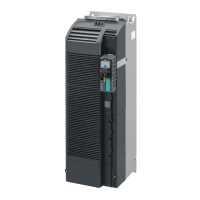
